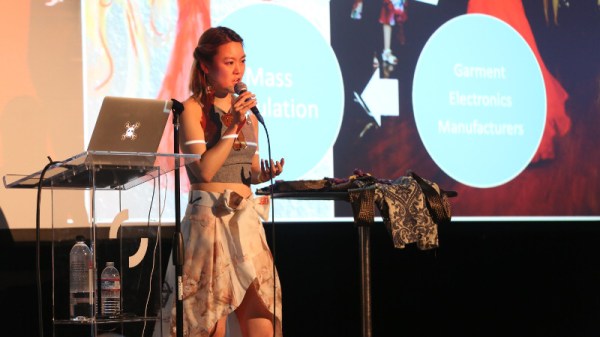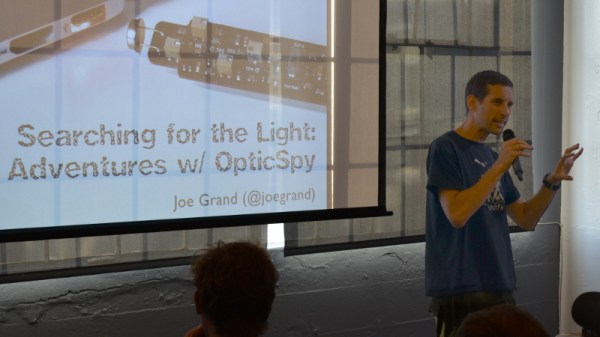If there is a field which has promise verging on a true breakout, it is that of wearable electronics. We regularly see 3D printing, retrocomputing, robotics, lasers, and electric vehicle projects whose advances are immediately obvious. These are all exciting fields in which the Hackaday community continually push the boundaries, and from which come the astounding pieces of work you read on these pages daily. Of course the projects that merge textiles and electronics are pushing boundaries in the same way, except for that it’s often not obvious at first glance. Why is that?
Wearables are a field in which hard work and ingenuity abound, but pulling off the projects that stand out and go beyond mere ordinary garments adorned with a few twinkly LEDs or EL wire is hard. Wearables have a sense of either still seeking its killer application or its technological enabler, and it was this topic that physicist, textilist, and artist Kitty Yeung touched upon in her talk at the recent Hackaday Superconference.
Continue reading “Kitty Yeung On Tech-Fashion Designs And The Wearables Industry”













